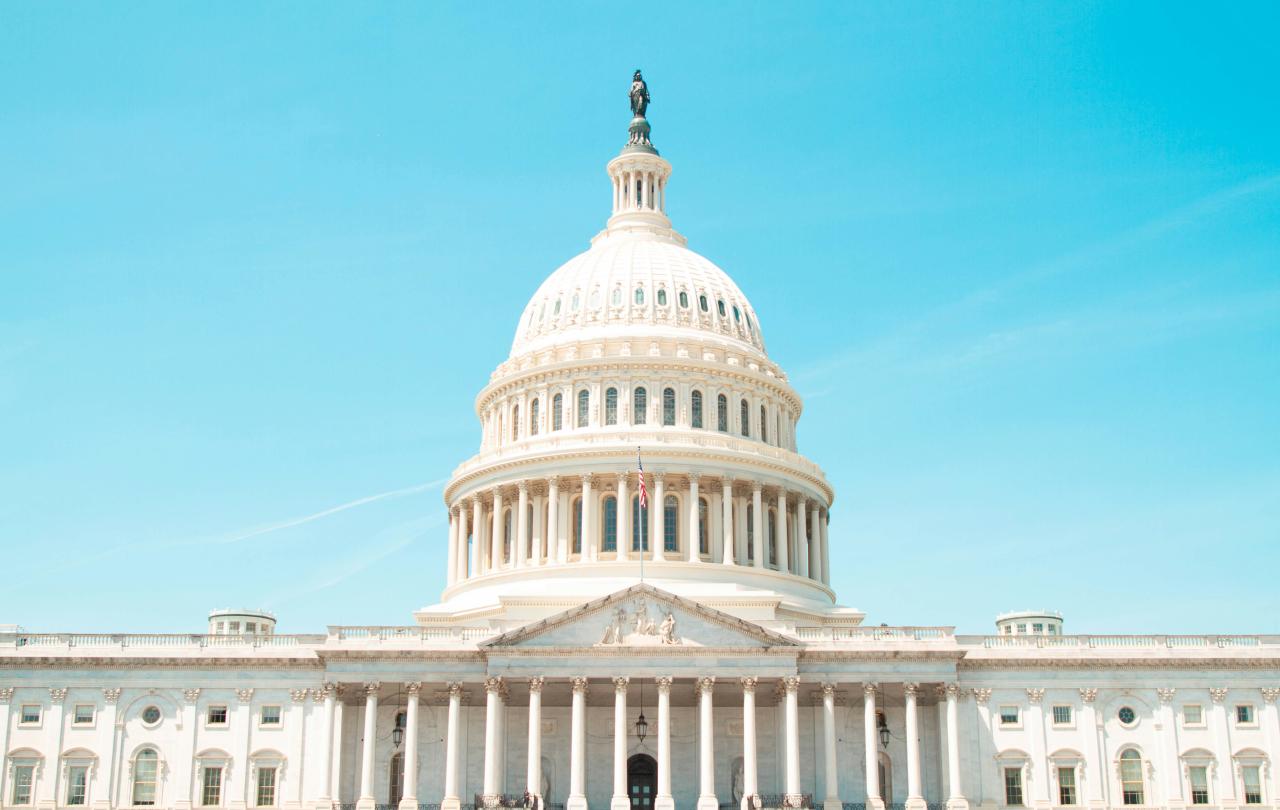
The most important moment in the inauguration occurred in a blink of an eye. A matter of seconds. As President-elect Trump takes the oath of office, he voiced a prayer spanning four simple words, “so help me God.”
This isn’t the first prayer we’ve heard from these steps. Trump echoed prayers offered by a mob of his supporters ascending those very Capitol steps just a few years ago. The reality of pardons characterised this administration from Day One. Perhaps, in a few years’ time, a statue to a J6er will stand in the Capitol Rotunda. I remember reading that prediction from a journalist in the days immediately following, and couldn’t imagine it. Now? I can.
The party platform has become the communion table. Our prayers are filled with content of ideology and theology. We have shown ourselves to be captive to the zeitgeist of our time, consuming propaganda and debating the “truth” about January 6, 2021 in ways that betray our own capitulation, justifying an ascendant administration casting the shadow of authoritarianism with its aspirational populism and tech oligarchs.
To invoke the God of the Christian faith is to invite dispossession and disillusionment with all we once counted “necessary” and took for granted
We cannot consider what it is to be Christian before American. This collusion makes it clear why and how Trump assumes the Presidency as a convicted felon without losing much of his “Christian” base. Why? Because we failed to pay attention to the prayers of January 6th. To the god they revealed in our midst, and the militant devotion this god demands. A god who is a paranoiac, split between ideology and theology, whose spirit bears the name “Jesus” only in messianic mimicry.
How might we regain our footing and our faith? It begins with taking prayer seriously. If the Christian life is—ever and always—a “life of calling upon God” (as the great Swiss theologian Karl Barth put it) then our attention must be placed upon this small little prayer packaged in the Oath. Perhaps we pray this prayer ourselves: “So help us God.”
Because it is a dangerous prayer. We have forgotten: it is dangerous to call on God. This presidential prayer invokes divine aid to “preserve, protect, and defend” the Constitution, but to invoke the God of the Christian faith is to invite dispossession and disillusionment with all we once counted “necessary” and took for granted, all as the consequence of encountering the Crucified One.
Some see in Trump the advent of revival in America. Some see in Trump democracy’s executioner. But to invoke the name of God in America is to make us radically free and thus responsible to God’s command of peace and justice.
The Dutch Reformed pastor, K.H. Miskotte, whose ministry took place in Nazi-occupied Amsterdam, saw it clearly: this God is a saboteur. To invoke this God invites sabotage, and grants us a dissenting faith, one marked by abject denial and disbelief in all other claims to totality and authority and power.
Might we dare to believe such power operates in and through a prayer that cynics count as propaganda?
If the rogue word became Trump and rages among us; then it is the responsibility of Christians to remember as well the Word once for all delivered to the Saints. And the surest sign of this remembrance is not activism first, but the renewal of our prayers.
There is then, a powerful reality at work in this four word prayer. To pray to the God of Jesus Christ is to invoke and provoke sabotage of all our schemes, our slogans, our rogue words. And even in this, we can be confident that this triumph of God is for our good. It was Walter Wink who, with an eye on the earliest Christians, came to ask
“What happens when the State executes those who are praying for it? Even as the lions lapped the blood of the saints in the Roman Colosseum, Caesar was stripped of his arms and led captive in Christ’s triumphal procession.”
Might we dare to believe such power operates in and through a prayer that cynics count as propaganda?
In the renewal of our prayers, perhaps a truly Christian resistance can emerge in our days. A resistance grounded in confession, a witness in word and work to the risen Jesus who lives against all messianic mimicry, who promises us a Spirit “of malice towards none and charity for all”—as Lincoln recognized, in his own inaugural address to the American people in 1864.
May we continue to pray, “so help us, God,” unafraid of where this God leads us in freedom.





